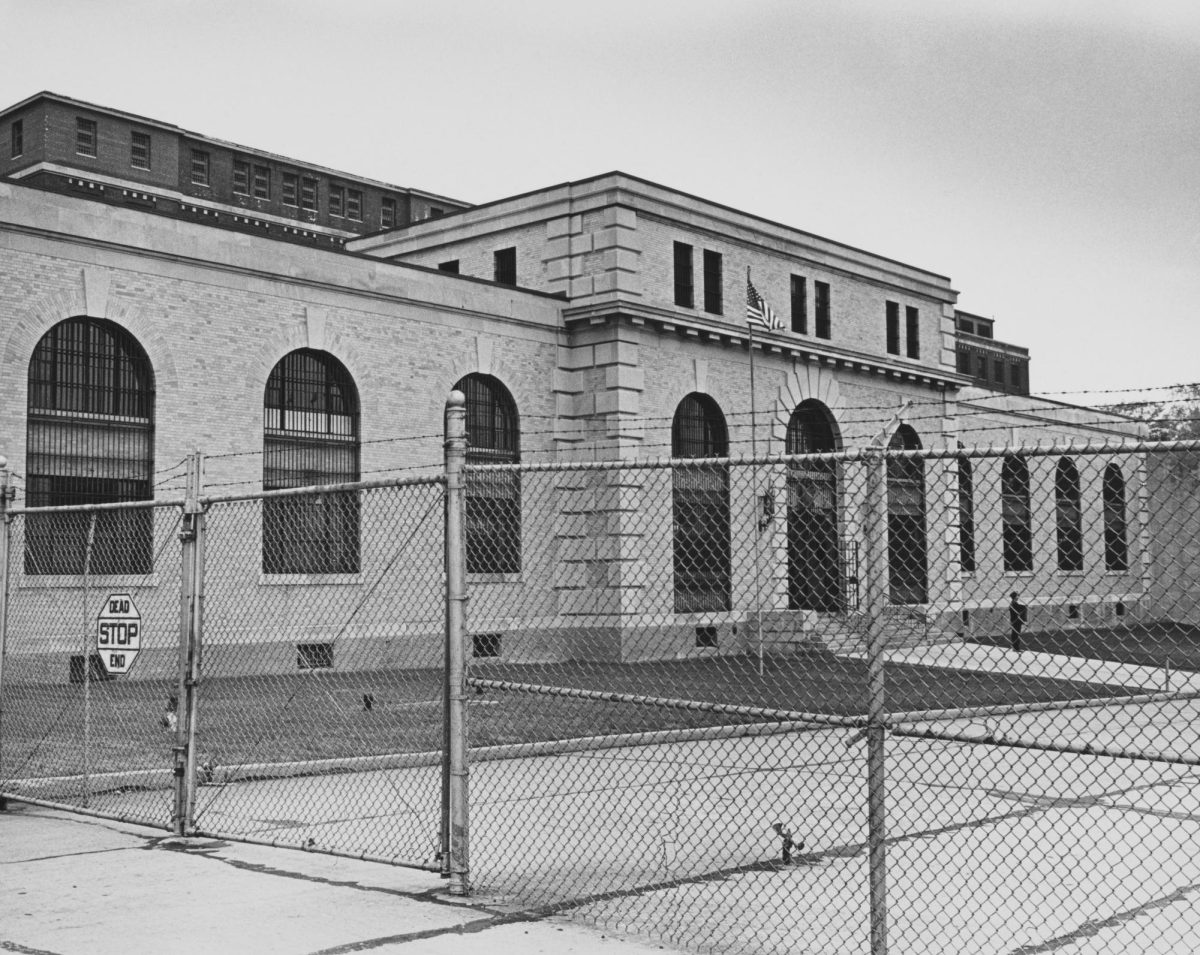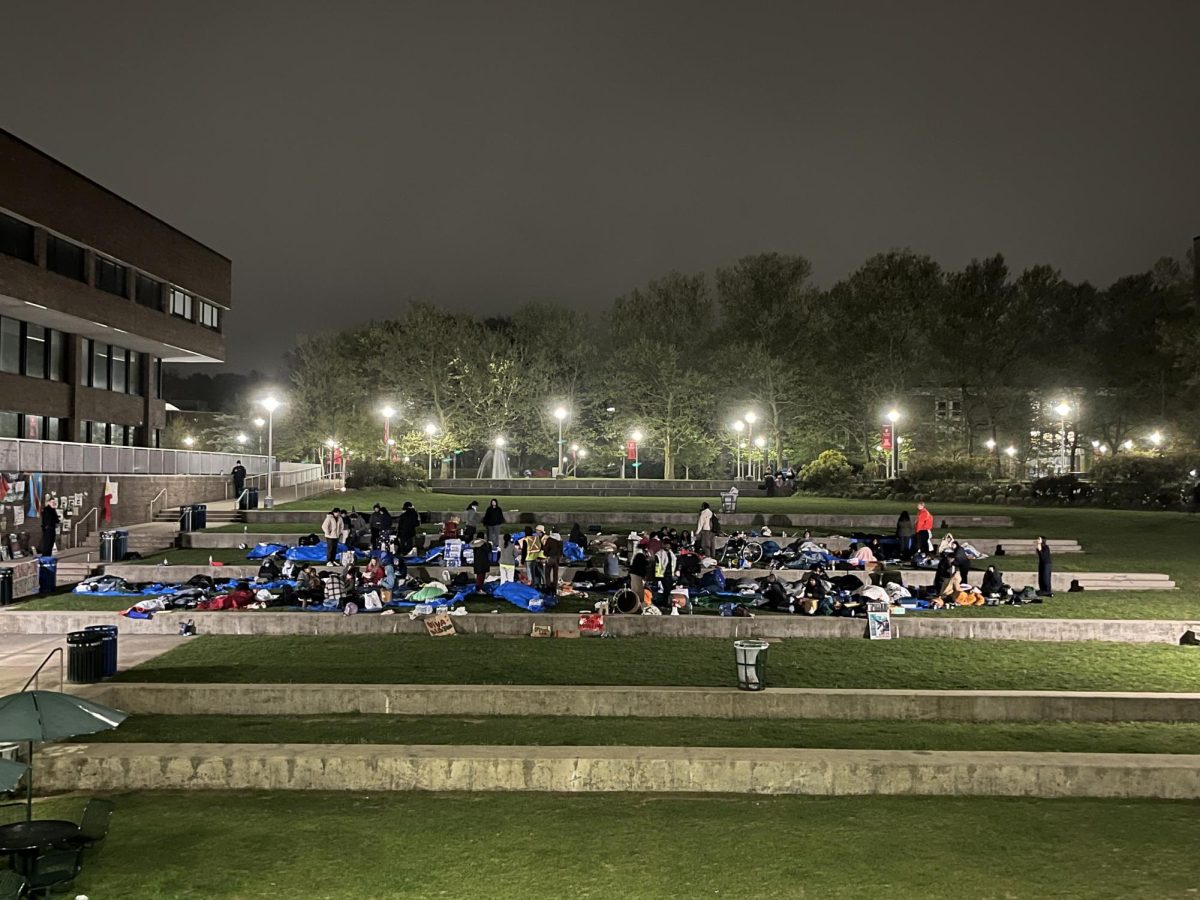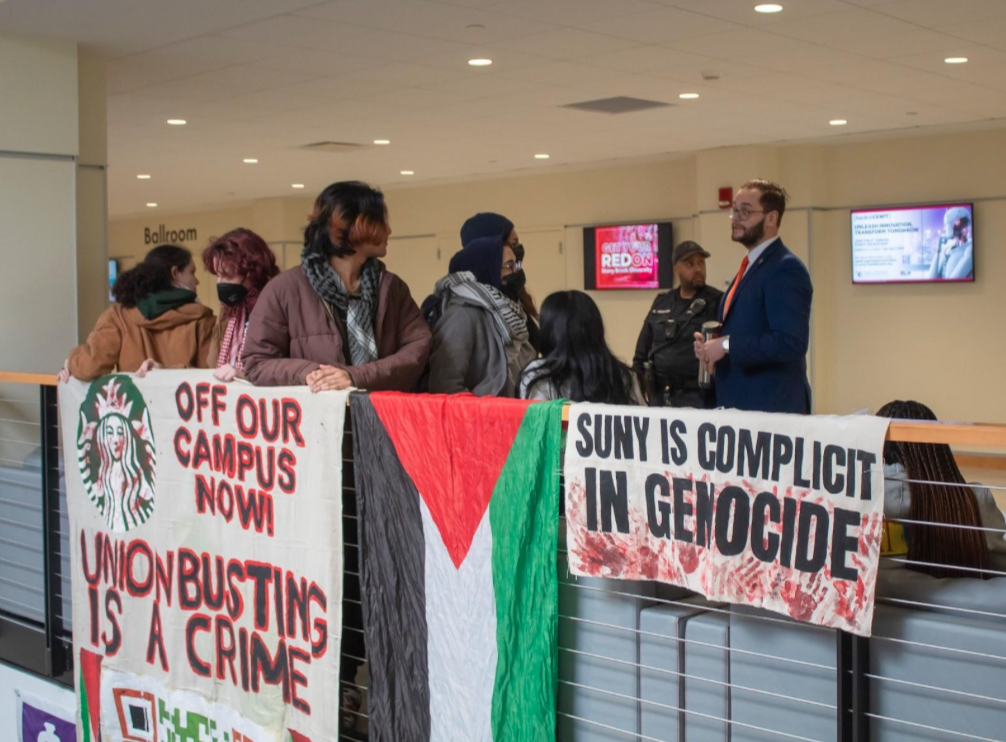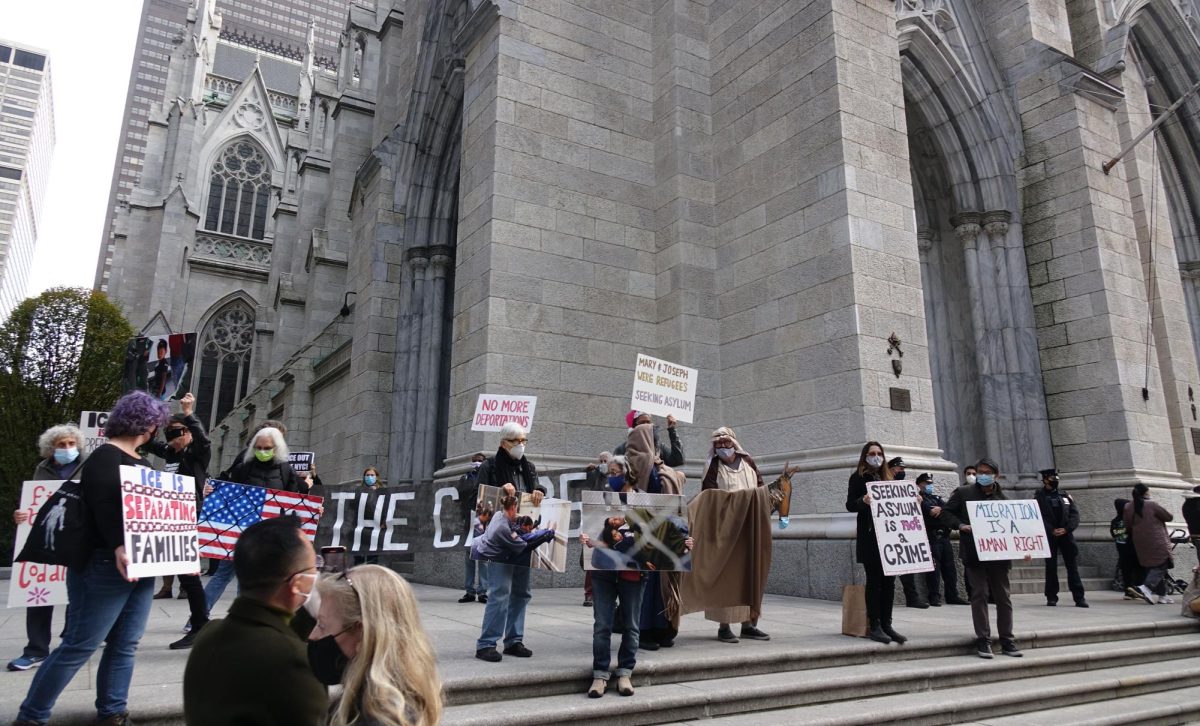
When Chile erupted into civil unrest after the government increased rates for public transportation, Stony Brook Associate History Professor Eric Zolov — who is teaching at the Pontificia Universidad Católica de Chile on a Fulbright Scholarship — found himself in the middle of political turmoil.
“Ta-ta, ta, ta, ta.” That’s the beat of protest, heard at random on the streets. It grows louder as one approaches the center, and reverberates off apartment buildings in the evenings following the start of a curfew. A simple banging of a spoon on a pot: the symbol of a peaceful protest.
On Tuesday, Oct. 22, President Sebastián Piñera offered a remarkable mea culpa and announced a series of pretty significant reforms on pensions, guaranteed minimum salary, taxes on wealthy, etc. Not one of these proposals echoed in the streets. But there are no interlocutors between the political class, including the left, and the protesters. Instead, the demands — located in the signs and graffiti — remain profound: the president should resign, the country should hold a new constitutional convention and the military should return to the barracks. But there are no leaders. The movement has no organizational structure, so there’s no one to negotiate with. Although the protesters include whole families and the elderly, it is the young, especially, who feel empowered. The streets are clearly theirs.
Then on Saturday, Oct. 26, Chile experienced the largest mass demonstration ever in its history. According to official government figures, 1.2 million people flooded the main boulevards of downtown Santiago, though unofficially the numbers were likely closer to 1.5 million. Police and military guarded key government buildings, such as La Moneda (the presidential headquarters), but otherwise stood clear. There were simply too many people. Any intervention would have provoked a massacre.
Following Saturday’s demonstration, Piñera stated that “all of us have heard the message. Everyone has changed.” In a dramatic political move, he announced that his entire cabinet would resign. He also announced the end of the curfew and plans to lift the state of emergency. There are signs, at least here in Santiago, of the military retreating to the barracks. They no longer guard our local metro station and their absence has brought a semblance of normalcy, at least to our neighborhood. School for our children is scheduled to resume on Oct. 28, but the principal announced it will be half-day classes throughout the week. Everyone is still watching and waiting to see what comes next.
Already the walls of Santiago are being scrubbed and painted over. Yet a fresh coat of paint will not erase the significance of this past week not only for Chile but for the region as a whole. If this country, a paragon of democratic, capitalist modernity, could erupt so unexpectedly, what does this suggest about the costs and benefits of the neo-liberal model more generally? As the slogan painted on the walls invokes, “It’s not about 30 pesos” — an allusion to the increase in subway fare that sparked the revolt — “but about 30 years.”












